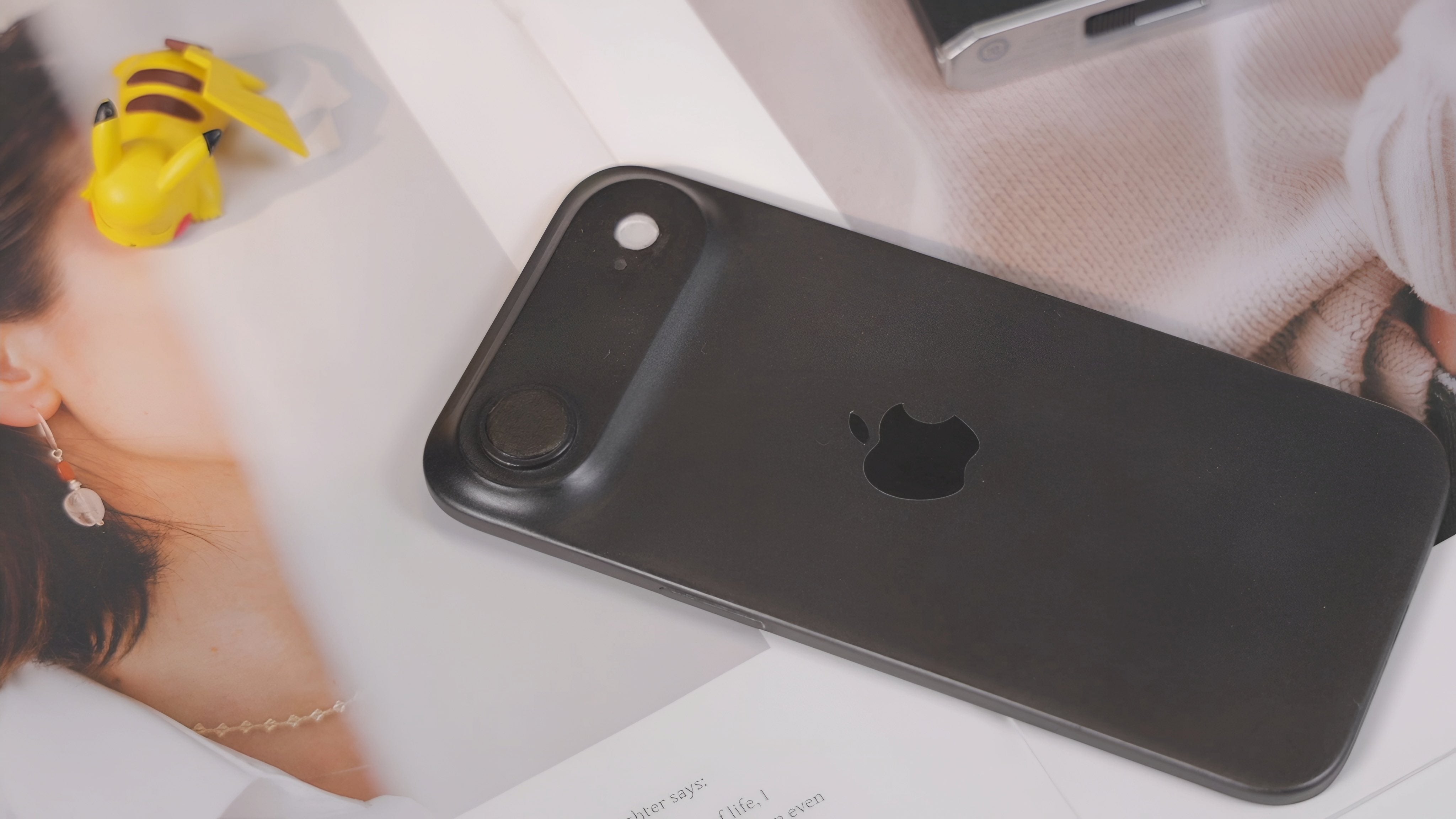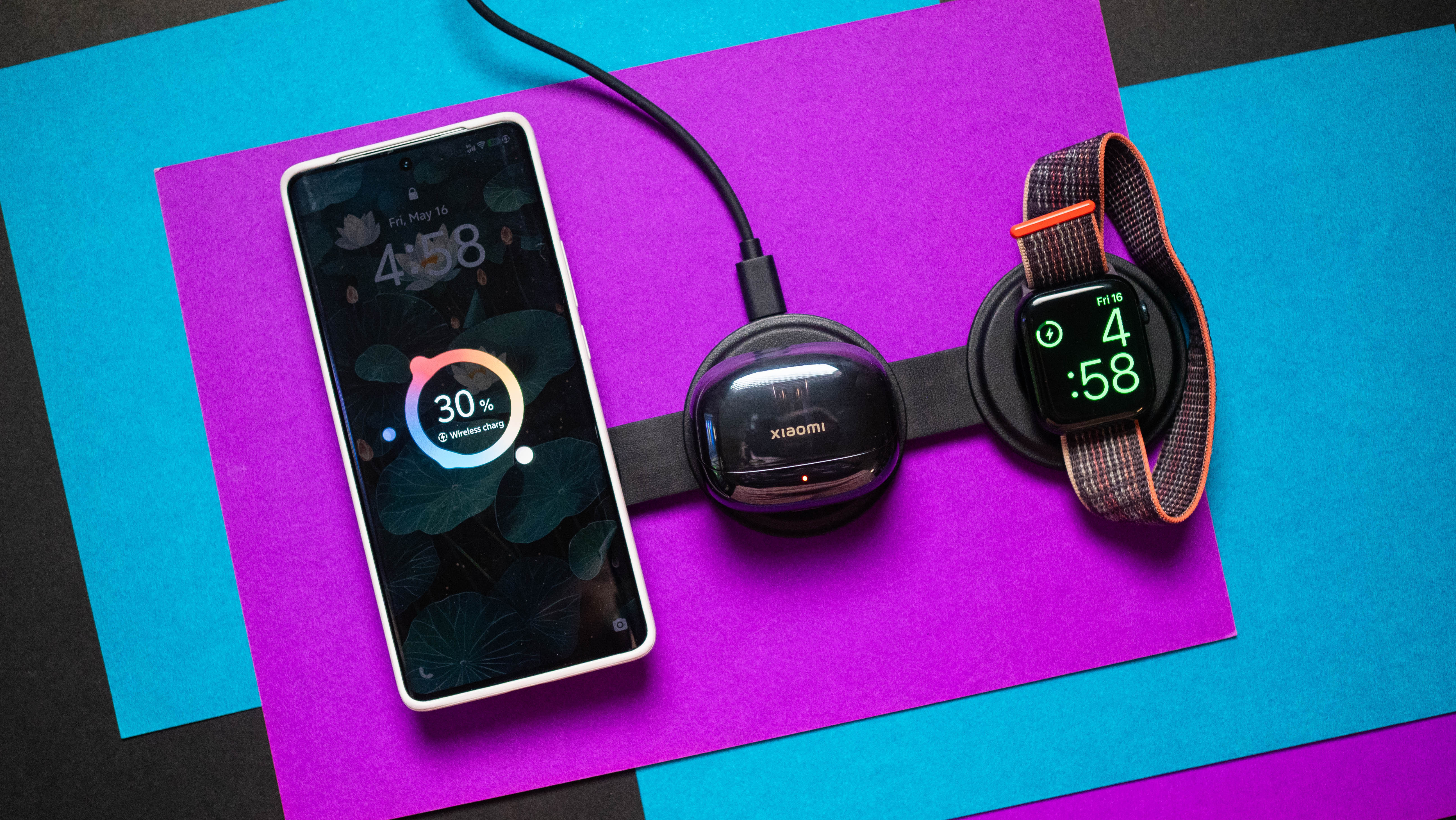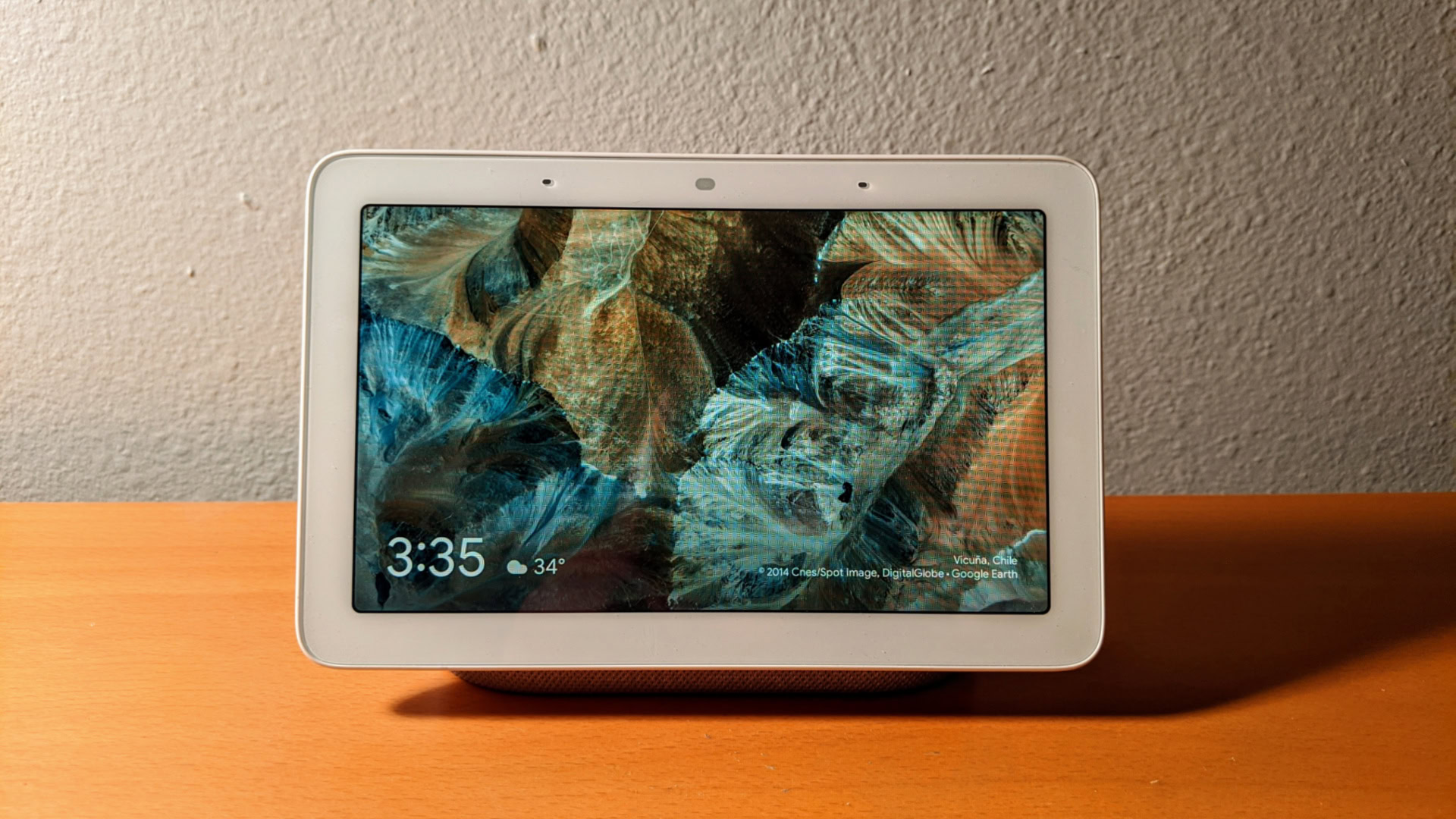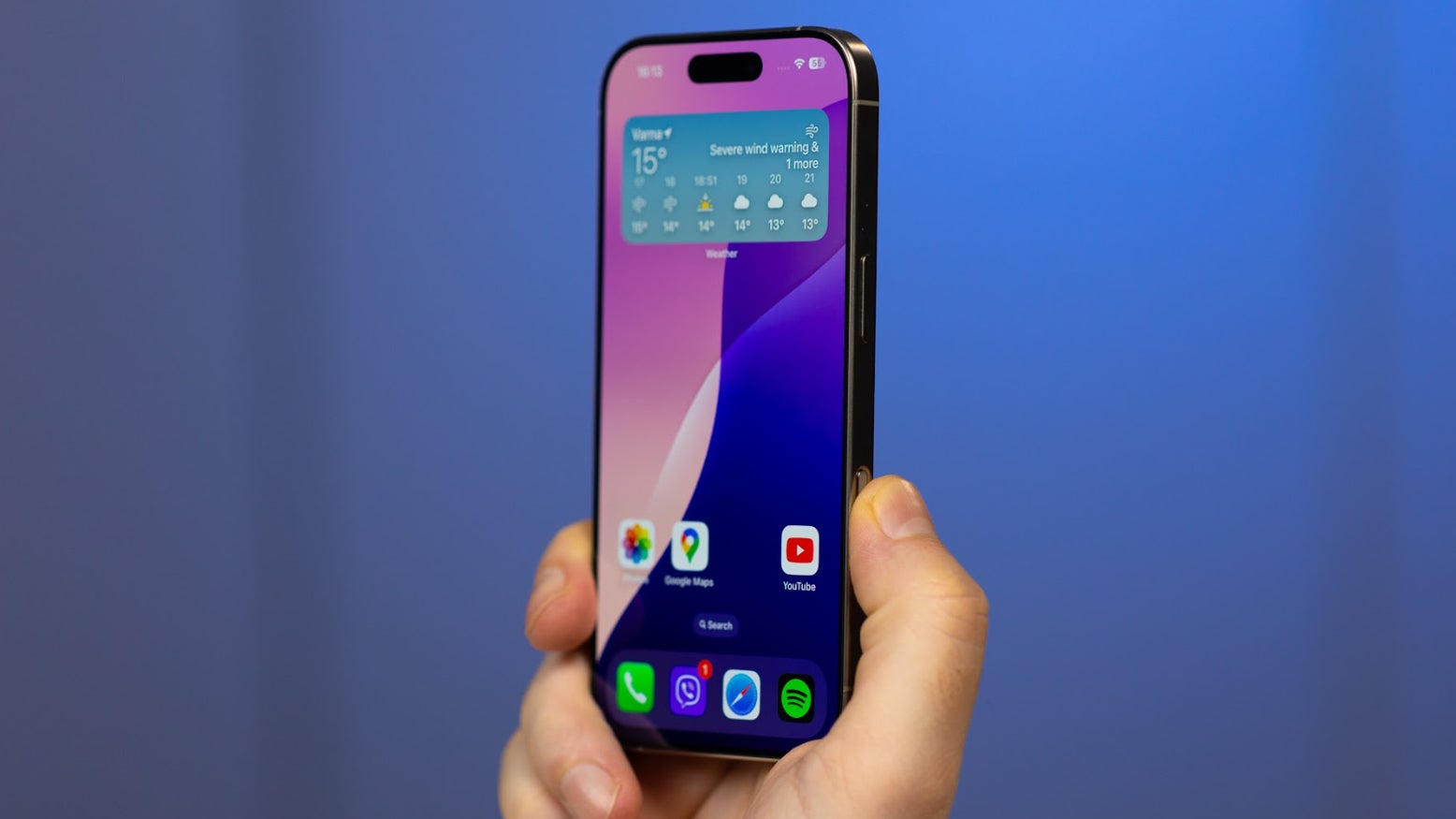The Moto Z Was So Ahead of Its Time, Apple and Samsung Are Still Catching Up
The post The Moto Z Was So Ahead of Its Time, Apple and Samsung Are Still Catching Up appeared first on Android Headlines.


There’s currently a lot of hype surrounding ultra-thin phones. With the Galaxy S25 Edge having just launched this week, and the rumored iPhone 17 Air coming in the fall. But this isn’t the first time we’ve seen ultra-thin phones, nor are these the thinnest.
Allow me to (re)introduce you to the Motorola Moto Z from 2016. This phone was released in June 2016, as one of the first phones Motorola released after Lenovo took over, and was designed under Lenovo’s ownership. It had a lot of cool features, but it was also just 5.2mm thin – this was the first Android phone to ditch the headphone jack, even before the iPhone.
To this day, the Moto Z is still the thinnest smartphone to be released. With the Galaxy S25 Edge measuring in at 5.8mm, the TECNO Spark Slim is 5.75mm, and the iPhone 17 Air is rumored to be about 5.5mm.
How did Motorola achieve such a thin device, a decade ago?
One thing to remember about 2016, is a lot of phones were not using these premium materials like titanium. But this was not a plastic phone. It had a metal frame with a glass back, and pogo pins on the back. Those pogo pins were for Moto Mods to be attached, which was a great idea. However, it did force Motorola to stick with the exact same size phone for a few years, so it could continue supporting these Moto Mods.
Motorola also removed the headphone jack, which did give them a bit more space, but not much. And surprisingly, it didn’t have all that small of a battery inside. It was rated at 2600mAh, compared to the Galaxy S7 which was released in the same year with a 3,000mAh capacity battery.
It also had a relatively large display, for the time at 5.5-inches. Remember that this was back in the time of 16:9 aspect ratio displays. And the Moto Z also had a physical home button below the display. So this was a pretty large device. It measured in at 153.3 x 75.3 x 5.2mm. That’s very close to the height and width of the Galaxy S25 Plus in 2025.
With that larger space, it gave Motorola more space to put in its components, and the Snapdragon 820 didn’t need as much space as we do in 2025 for heat dissipation.
Part of the reason for making the phone so thin, was for the Moto Mods. Motorola did not just release battery packs, projectors and cameras as Moto Mods, but also backs that were in different materials. So the phone felt like an unfinished prototype, but slap the wood back Moto Mod on it, and it looks incredible.

The birth of the camera bump
The Motorola Moto Z was one of the first to have a camera bump. And we’re talking an actual bump, not a ring that’s barely thicker than the phone. This camera bump wasn’t here because it was a huge camera – because it wasn’t really that big. But the camera bump was here to help keep the Moto Mods in place.
Of course, after this, many other smartphones started adding camera bumps, not always because they needed too. But we also started to see much larger cameras and sensor sizes, which did require more space. And the camera bump was born.

Like LG, Motorola was also ahead of its time
Now that LG has exited the smartphone space, we often look back at LG and think about how ahead of their time the company really was. And Motorola is the same way, especially with the Moto Z. While we’re all drooling over 5.8 mm-thick smartphones, Motorola is sitting back saying, “welcome to 2016”.
These days, Motorola isn’t taking as many chances with their smartphones, but they are releasing some really good devices. Mostly focusing on the cheaper devices like the Moto G and Edge, which are often under $500. But there is also the Razr, their flip phone, which has been pretty incredible lately. In fact, we just published our Razr Ultra review yesterday.
It this ultra-thin smartphone trend takes off, it’d be interesting to see what Motorola does, and if they join in. Motorola has a history of being very industrial with its design, so a thin phone could be built like a tank, like the Moto Z was.
Pre-order the Samsung Galaxy S25 Edge today and receive up to $800 off.

Samsung Galaxy S25 Edge
Samsung should use the Galaxy S25 Edge as their experimental device
These days, Samsung is not innovating as much as it used to. Back in the day, we’d see phones from Samsung with a projector, a zoom camera, a mirrorless camera, and even one that was slightly round. They were truly innovating. And I get why we don’t see as much of that today, as Samsung wants the Galaxy S to be the “everybody’s phone”. The phone that average consumers walk into their local stores needing a new phone, and know that the latest Galaxy S is a good option.
Which is why I thought, and hoped that the new Galaxy S25 Edge would be where Samsung would take some chances. Especially since they are doing it as a limited edition release, meaning it’s not going to sell a boatload. So this is where they could take chances with a silicon-carbon battery, slimmer camera modules like what OPPO is using, among other things.

Instead, Samsung used a few slimmer components like the vibration motor, but for the most part, it’s just slimmer. I haven’t gotten my hands on the Galaxy S25 Edge yet (soon!), but I do have real concerns about the battery life, given that it is only 3,900mAh. For reference, the Galaxy S10+ from 2019 had a larger battery at 4,100mAh, and it was a smaller device at 6.4 inches.
If Samsung plans to keep releasing these Edge devices, I think they should take them out of the “Galaxy S” brand and put them in their own lineup. One that tells customers that this is a smartphone with the most bleeding-edge technology. The phone geeks like us here at AndroidHeadlines would still be buying those phones, but the average consumer would know to stay away, since they’ll likely plan to keep that phone for up to 7 years. Remember, Samsung is going to update the Galaxy S25 Edge until 2032, like the rest of the Galaxy S25 lineup.
The post The Moto Z Was So Ahead of Its Time, Apple and Samsung Are Still Catching Up appeared first on Android Headlines.









![Epic Games: Fortnite is offline for Apple devices worldwide after app store rejection [updated]](https://helios-i.mashable.com/imagery/articles/00T6DmFkLaAeJiMZlCJ7eUs/hero-image.fill.size_1200x675.v1747407583.jpg)
































































































































































![[The AI Show Episode 146]: Rise of “AI-First” Companies, AI Job Disruption, GPT-4o Update Gets Rolled Back, How Big Consulting Firms Use AI, and Meta AI App](https://www.marketingaiinstitute.com/hubfs/ep%20146%20cover.png)































































































































![How to make Developer Friends When You Don't Live in Silicon Valley, with Iraqi Engineer Code;Life [Podcast #172]](https://cdn.hashnode.com/res/hashnode/image/upload/v1747360508340/f07040cd-3eeb-443c-b4fb-370f6a4a14da.png?#)

















































































































.png?width=1920&height=1920&fit=bounds&quality=70&format=jpg&auto=webp#)























![[Virtual Event] Strategic Security for the Modern Enterprise](https://eu-images.contentstack.com/v3/assets/blt6d90778a997de1cd/blt55e4e7e277520090/653a745a0e92cc040a3e9d7e/Dark_Reading_Logo_VirtualEvent_4C.png?width=1280&auto=webp&quality=80&disable=upscale#)















































































-xl-(1)-xl-xl.jpg)










![How to upgrade the M4 Mac mini SSD and save hundreds [Video]](https://i0.wp.com/9to5mac.com/wp-content/uploads/sites/6/2025/05/M4-Mac-mini-SSD-Upgrade-Tutorial-2TB.jpg?resize=1200%2C628&quality=82&strip=all&ssl=1)
![‘Apple in China’ book argues that the iPhone could be killed overnight [Updated]](https://i0.wp.com/9to5mac.com/wp-content/uploads/sites/6/2025/05/Apple-in-China-review.jpg?resize=1200%2C628&quality=82&strip=all&ssl=1)



![What’s new in Android’s May 2025 Google System Updates [U: 5/16]](https://i0.wp.com/9to5google.com/wp-content/uploads/sites/4/2025/01/google-play-services-1.jpg?resize=1200%2C628&quality=82&strip=all&ssl=1)












![iPhone 17 Air Could Get a Boost From TDK's New Silicon Battery Tech [Report]](https://www.iclarified.com/images/news/97344/97344/97344-640.jpg)
![Vision Pro Owners Say They Regret $3,500 Purchase [WSJ]](https://www.iclarified.com/images/news/97347/97347/97347-640.jpg)
![Apple Showcases 'Magnifier on Mac' and 'Music Haptics' Accessibility Features [Video]](https://www.iclarified.com/images/news/97343/97343/97343-640.jpg)
![Sony WH-1000XM6 Unveiled With Smarter Noise Canceling and Studio-Tuned Sound [Video]](https://www.iclarified.com/images/news/97341/97341/97341-640.jpg)









































![Apple Stops Signing iPadOS 17.7.7 After Reports of App Login Issues [Updated]](https://images.macrumors.com/t/DoYicdwGvOHw-VKkuNvoxYs3pfo=/1920x/article-new/2023/06/ipados-17.jpg)


























